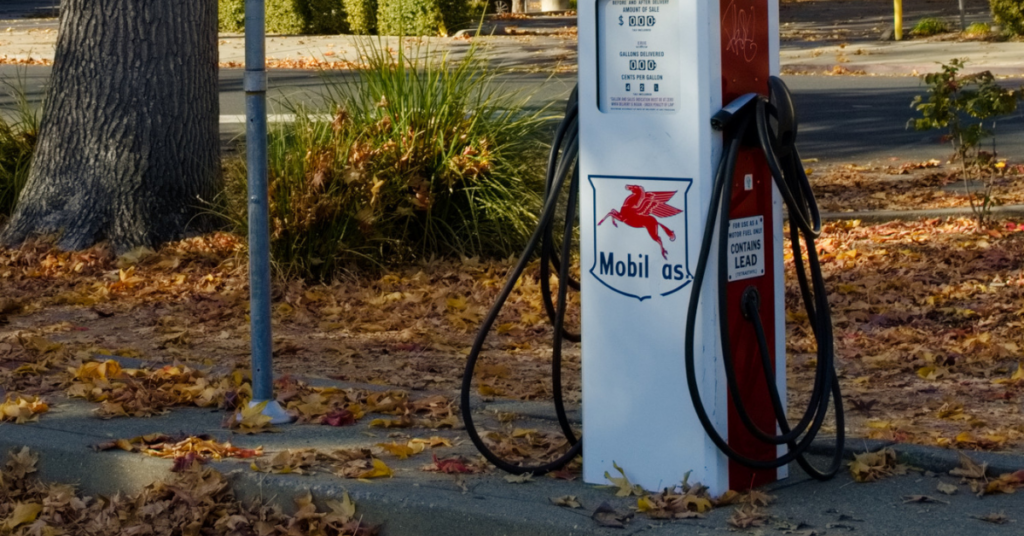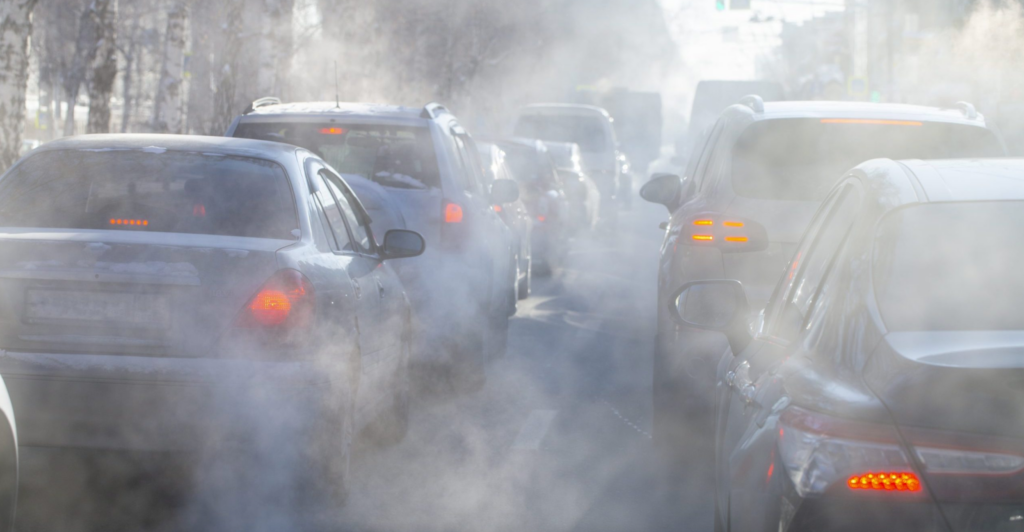
Will EPA’s proposed emissions rule go up in smoke?

The EPA’s proposed tailpipe regulations could reduce carbon emissions across all types of vehicles over the coming decades. While reducing emissions produced on the road can only be part of our national climate strategy, the EPA’s rule could be a boon for communities thanks to the benefits of zero emissions vehicles. However, recent opposition means this rule’s future could be at risk.

On April 12th, 2023, the Environmental Protection Agency (EPA) announced an update to federal vehicle emissions standards that could accelerate the ongoing transition to a clean vehicle future. While these new measures are an essential step forward, addressing vehicle emissions at the exhaust pipe alone is no silver bullet. As we found in our Driving Down Emissions report, we need to combine vehicle electrification strategies with transportation alternatives, like transit, walking, and biking, to make the most of the clean vehicle switch. The EPA has since released the text of the proposed rule, with comments closing soon—July 5, 2023.
When combined with another proposed rule that closed comments in mid-June, this rule would require that by 2032, two-thirds of cars and light trucks, 46 percent of medium-duty vehicles (such as delivery vans), half of all buses, and a quarter of all heavy-duty trucks sold would need to be zero-emission vehicles. The rule does not specify the fuel source to reach zero emissions, leaving the industry room to experiment with new solutions.
The EPA estimates that just the new light-duty tailpipe regulations alone could cut down the U.S.’s carbon emissions by 15.5 percent. These sweeping regulations on new vehicles would take effect in 2027 and build off a decade of standards implemented by the EPA.
The third and final phase
This recent regulation is the last phase of a three-step strategy to support the United States’ international commitments to limit emissions and slow the progress of climate change. The first two phases of the EPA’s tailpipe emission standards focused specifically on medium- and heavy-duty vehicles. Phase One (2011) of the greenhouse gas emission standards targeted medium- and heavy-duty vehicle (MHDVs) models to be made in the years 2014-2018 and set fuel efficiency and emissions standards for manufacturers, while Phase Two (2016) set even stricter standards for MHDVs for the model years 2019-2027.
With the years of lead time provided, these regulations gave automotive manufacturers adequate time to slowly ramp up the production of cleaner vehicles. At the same time, they introduced standards that reduced both CO2 emissions and consumers’ fuel costs by increasing efficiency within the physical limits of traditional internal combustion engines.
Understanding the impact
Phase Three standards are heavily influenced by the rapid uptake of electric vehicles. Recent innovations in electric vehicle technology and the record federal investments in EV infrastructure in the 2021 infrastructure law and Inflation Reduction Act make the ambitious new standards a viable goal.
The EPA estimates that Phase Three standards could save 7.3 billion tons of CO2 emissions from light duty vehicles between 2027 and 2055 and avoid 1.8 billion tons of CO2 from heavy-duty vehicles through 2055. That’s the equivalent of eliminating all greenhouse gas emissions from the entire current U.S. transportation sector for an entire year. Overall, the EPA estimates that the value of benefits, such as improved health outcomes and mitigated emissions, would exceed total costs by at least $1 trillion over the course of its existence. These improvements could only be made possible through widespread adoption and production of electric and other zero-emission vehicles, which the rule functionally requires.
The ongoing electrification transition is an opportunity to make equitable investments across all communities. You can take a look at our vision for America’s electric future in Sparking Progress, our report produced in collaboration with the Coalition Helping America Rebuild and Go Electric (CHARGE).
Let EPA know if you support cleaner vehicles
Despite the benefits these changes could bring to the nation’s overall health, air quality, climate, and communities disadvantaged by heavy-duty vehicle emissions, some powerful interests oppose the new rule. In May, 151 members of the majority party in the US House of Representatives signed on to a letter to denounce the new standards. Later, on June 7, 2023, Florida Senator Marco Rubio sent a letter to the U.S. Securities and Exchange Commission referencing the rule and arguing, contrary to the evidence, that EVs could pose a threat to the electric grid.
These attacks on clean air come at a crucial time, as the EPA is seeking comment on the rule through July 5, 2023. A strong tailpipe emissions rule, coupled with our recommendations to reduce vehicle miles traveled in the Driving Down Emissions report, could be a powerful force to combat climate change and increase the efficiency of the transportation system.
Ready to submit comments, but not sure what to say? Take a look at sample comments from NUMO and the California Air Resource Board.



